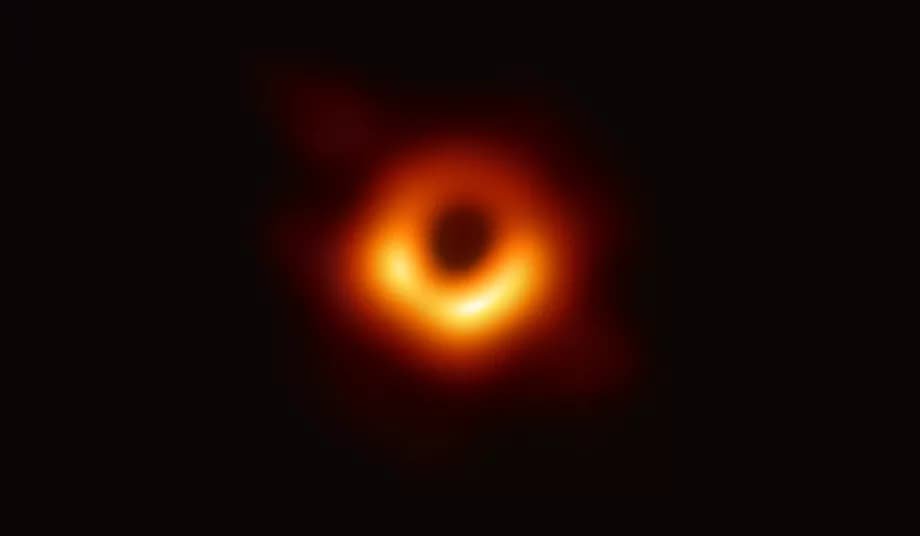Rotating Accretion flow Kerr Black Hole Simulation
This article is a mash of information and celebration for a new black hole photo was published just a few days ago.
And of course, after I viewed watched a video made by T. Müller and M. Pössel from “Haus der Astronomie” and MPI for Astronomy. You can watch a full video here. I had to make a 30-minute loop because that is an amazing simulation.
Video
The image
Of course, we should start at the beginning. The image itself is amazing.

This week, a group of scientists unveiled the first-ever image of a black hole at the center of the Messier 87 galaxy, some 55 million light-years away.
The image comes to us from a vast and incredibly sophisticated scientific collaboration called the Event Horizon Telescope, which involves 200 scientists in 20 countries who’ve been working together for nearly a decade.
It is amazing how far away the object is located and the feat of engineering was accomplished for us to see this image. Read the full article here.
Black hole simulation video
The 30-minute loop video is focused on one single point simulation that I find really beautiful. And it is about how the light is distorted when you go around the black hole itself.
It bends and lenses the light, forcing it to move on a curved trajectory. The bending and lensing allow us to see “behind” the black hole.
This system is simulated on a supercomputer. Analyzing the simulation we can create an image of what it should look like as seen from Earth.
The Event Horizon Telescope Collaboration observed the supermassive black hole at the center of M87, finding the dark central shadow in accordance with General Relativity, further demonstrating the power of this 100-year-old theory.
The galaxy M87 is 55 million light-years away or 52×10²⁰ km
Its central black hole has a mass of 7.22 billion solar masses, or 1.4356×10³⁷ kg or 3.1651×10³⁷ lb
All credit goes to T. Müller and M. Pössel from “Haus der Astronomie” and MPI for Astronomy:
https://www.haus-der-astronomie.de/
http://www.mpia.de/en




